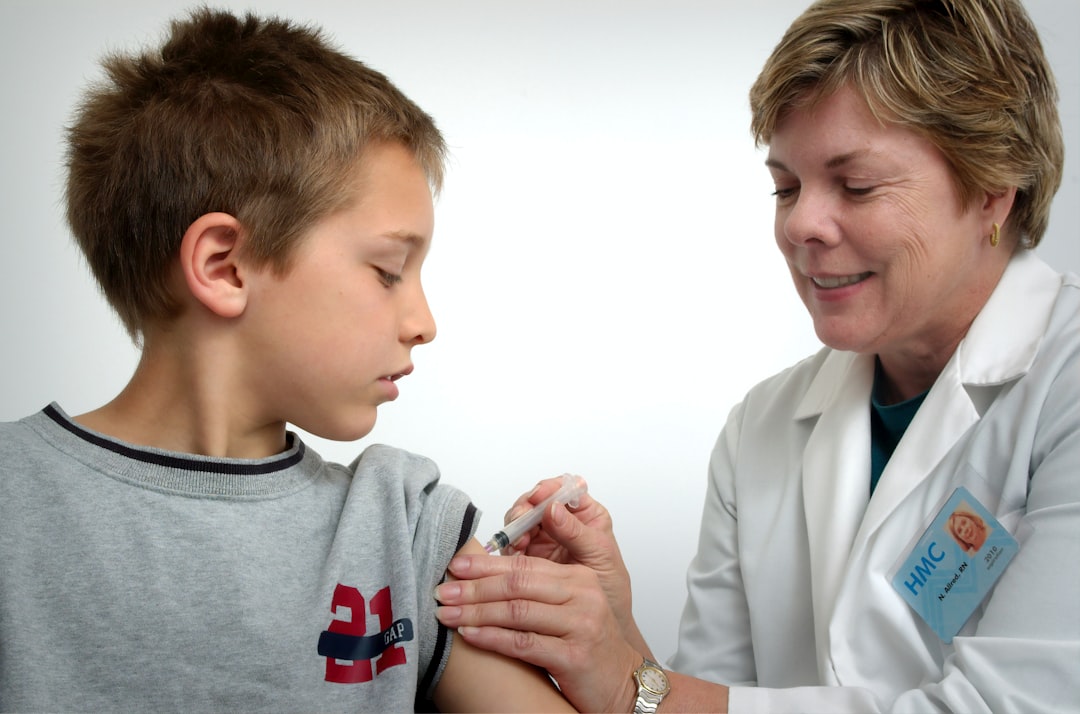Pollen or Pathogens? How to Tell What’s Making You Sneeze
Understanding the Distinction Between Allergy and Cold Symptoms
Allergies and colds can sometimes present similar symptoms, making it challenging to differentiate between the two. However, there are key differences that can help you identify them accurately. Allergy symptoms, such as hives and skin rashes, are not typically associated with colds. On the other hand, often include general malaise and fatigue, which are less common in allergies. Additionally, allergies can occur year-round or seasonally, while colds tend to be more prevalent in the fall and winter months.
For example, if you find yourself sneezing and dealing with itchy eyes every spring, it’s likely due to seasonal allergies rather than a cold. These allergy symptoms can persist as long as you’re exposed to the allergen, unlike a cold that usually resolves within a week or two.
Key Differences Between Allergies and Colds
One of the most noticeable differences between allergies and colds is the type of nasal discharge. Allergies often lead to clear, watery nasal discharge, whereas colds typically produce thicker, yellow or green mucus. Furthermore, while colds can cause body aches and chills, allergies usually do not present these symptoms. Another distinguishing factor is that [allergic reactions] may trigger asthma symptoms, such as wheezing and shortness of breath, which are not symptoms of a cold.
Imagine waking up with a runny nose and a headache. If your nasal discharge is clear and watery, and you also experience itchy eyes, you might be dealing with allergies. On the other hand, if you have thick mucus and feel achy, it’s more likely a cold.
Common Triggers and Causes
Understanding the triggers can provide further insight into whether you’re experiencing allergies or a cold. Common indoor allergens, such as pet dander, mold spores, and dust, can trigger allergy symptoms. In contrast, colds are caused by viral infections and can be contracted from close contact with infected individuals, making them highly contagious. Weather changes, like increased humidity or temperature fluctuations, can also worsen allergy symptoms.
For instance, if you start sneezing and coughing after visiting a friend’s house with a cat, it’s likely an allergic reaction to pet dander. Conversely, if you’ve been around someone who’s sneezing and coughing and develop symptoms within a few days, you might have caught a cold.
Symptom Duration and Patterns
The duration and pattern of symptoms can also help differentiate between allergies and colds. Colds typically develop gradually over a few days, while allergy symptoms can appear suddenly after exposure to an allergen. The coughing associated with colds is often productive, producing mucus, while allergy-induced coughing is usually dry. Recurring allergy symptoms can occur with each seasonal change, while colds do not recur as frequently.
Consider this scenario: You’ve been feeling under the weather for a few days, with a slow onset of a sore throat and cough, which suggests a cold. In contrast, if you suddenly experience sneezing and a runny nose right after mowing the lawn, it’s likely an allergy.
Diagnostic Approaches
To accurately diagnose allergies or a cold, certain diagnostic approaches can be helpful. Allergy testing, such as skin prick tests and blood tests, are common methods for diagnosing allergies. A healthcare provider may also recommend keeping a symptom diary to help identify potential allergens. Over-the-counter decongestants can provide temporary relief for cold symptoms, but they do not address the underlying cause of allergies.
For example, if you suspect allergies, visiting an allergist for testing can help determine specific allergens and guide your treatment plan. If your symptoms align more with a cold, over-the-counter medications and rest might be sufficient.
 Treatment Options
Treatment Options
Effective management of allergies and colds requires different treatment strategies. For long-term relief from allergy symptoms, immunotherapy, such as allergy shots, can be beneficial. In contrast, colds may be treated with antiviral medications in certain cases such as COVID-19, especially if diagnosed early. Home remedies like steam inhalation can help alleviate nasal congestion for both allergies and colds.
Imagine you have persistent sneezing and itchy eyes. Antihistamines and nasal sprays can help manage these allergy symptoms. However, if you’re dealing with a cold, focusing on rest and hydration, along with over-the-counter medications, can aid in recovery.
 Potential Complications
Potential Complications
Both allergies and colds can lead to complications if not properly managed. Allergies can result in chronic sinusitis if left untreated. Colds can lead to more serious complications like bronchitis or pneumonia, particularly in individuals with weakened immune systems. Additionally, misdiagnosing allergies or colds can lead to ineffective treatment and prolonged discomfort.
Consider the potential consequences: Ignoring persistent allergy symptoms could lead to sinus infections, while neglecting a cold might escalate to bronchitis. Proper diagnosis and treatment are crucial to preventing these complications.
When to Seek Professional Medical Care
It’s important to know when to seek medical care for allergy or cold symptoms. If symptoms resemble those of the flu, such as high fever and severe fatigue, immediate medical care should be sought. Severe allergic reactions, including anaphylaxis, require urgent medical attention. El Paso Emergency Room specializes in rapid assessment and treatment for both acute allergy and cold symptoms.
For instance, if you experience difficulty breathing or swelling after exposure to an allergen, visiting an emergency room is critical. Similarly, if a cold leads to persistent high fever and severe fatigue, seeking medical advice is wise.
 Preventive Measures
Preventive Measures
Preventive measures can help reduce the likelihood of developing allergies or catching a cold. Regularly washing hands and using hand sanitizers can help prevent colds. Avoiding known allergens and maintaining a clean environment can significantly reduce allergy flare-ups. Staying hydrated and maintaining a healthy diet can boost the immune system, reducing the likelihood of catching a cold.
Think about adopting habits like washing your hands frequently during cold season and cleaning your home to minimize allergens. These preventive steps can make a notable difference in managing or avoiding symptoms altogether.
Understanding Allergy and Cold Symptoms for Better Health
Recognizing the differences and similarities between allergies and colds can lead to more effective symptom management. Timely intervention and appropriate treatment can prevent complications and improve quality of life. For comprehensive emergency care services, visit El Paso Emergency Room at El Paso Emergency Room for more information and support.


